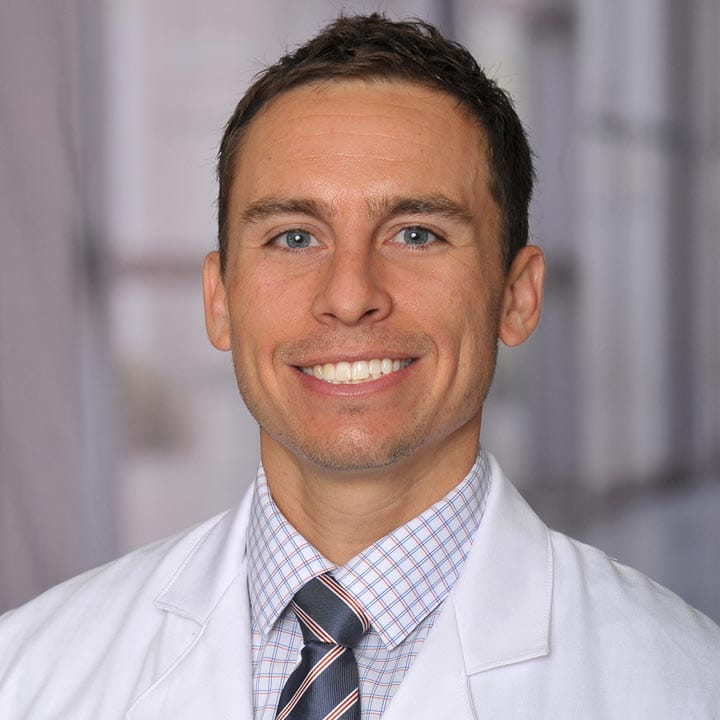 The Ohio State University Wexner Medical Center's Department of Otolaryngology – Head and Neck Surgery launched an innovative program designed to broaden access to otolaryngology research for medical students who might not otherwise have exposure to the field. Now entering its second year, the program allows aspiring otolaryngologists to gain hands-on research and clinical experience.
The Ohio State University Wexner Medical Center's Department of Otolaryngology – Head and Neck Surgery launched an innovative program designed to broaden access to otolaryngology research for medical students who might not otherwise have exposure to the field. Now entering its second year, the program allows aspiring otolaryngologists to gain hands-on research and clinical experience.
“We’re aiming to identify medical students who don’t have access to otolaryngology research in their area,” says Nolan Seim, MD, MBA, a clinical associate professor and one of the program’s key supporters. “This program offers them a scholarship or award to spend up to three months working with our faculty on meaningful research projects.”
Led by Minka Schofield, MD, MPH, clinical professor and director of the Ohio State Division of General Otolaryngology, the program focuses on recruiting students who come from regions without significant otolaryngology resources. Participants collaborate with faculty members on research projects, gain clinical experience and culminate their time at the university by presenting their findings to the department.
“Otolaryngology is a competitive specialty, and research experience can be a critical factor for medical students,” Dr. Schofield says. “This program gives these students a chance to strengthen their applications, explore a research pathway and engage with our department and faculty.”
“The goal is to provide these students with exposure to the field, mentorship and opportunities that they might not have in their home institutions,” Dr. Seim says. “It’s a way to advance their knowledge and skills and diversify and enrich the future of our specialty.”
Last year, the program welcomed its first participant, a medical student from Buffalo, New York. During her summer session, she worked alongside multiple faculty members, gained valuable clinical insights, and presented her research findings to the department. Her feedback helped refine the program for its second year. Enhancements included earlier applicant selection to address logistical challenges and greater integration into departmental activities, such as journal clubs and case discussions.
“One of the things we learned from last year is the importance of involving students in a wide range of departmental activities, not just research,” Dr. Schofield says. “We’ve worked to integrate more opportunities for mentorship and collaboration, which provide students with a fuller picture of what a career in otolaryngology looks like.”
A committee oversees the selection process, based on academic performance, leadership potential and a demonstrated commitment to supporting underserved populations. Once selected, participants choose from a list of research mentors, aligning their interests and career goals. This ensures that each participant has an experience that maximizes research exposure and personal growth.
The program runs for eight to 12 weeks, depending on the student’s schedule, and includes a $5,000 stipend funded by the department to cover travel and lodging expenses.
“The stipend ensures that all students, regardless of their financial background, have an opportunity to participate without added financial strain,” Dr. Schofield says. “It’s about removing barriers and creating opportunities.”
The program’s second year is already successful, with more applications and faculty mentors. The department also is considering other changes, which include virtual research opportunities and increasing the number of participants and the geographic regions they represent. According to Dr. Schofield, “our goal is to create a meaningful, immersive experience that not only enhances the students’ skills but also inspires them to pursue a future in otolaryngology.”
